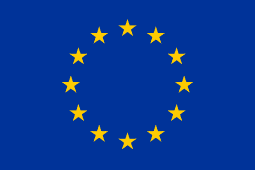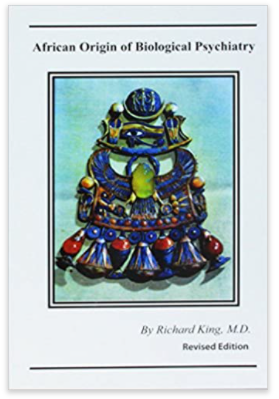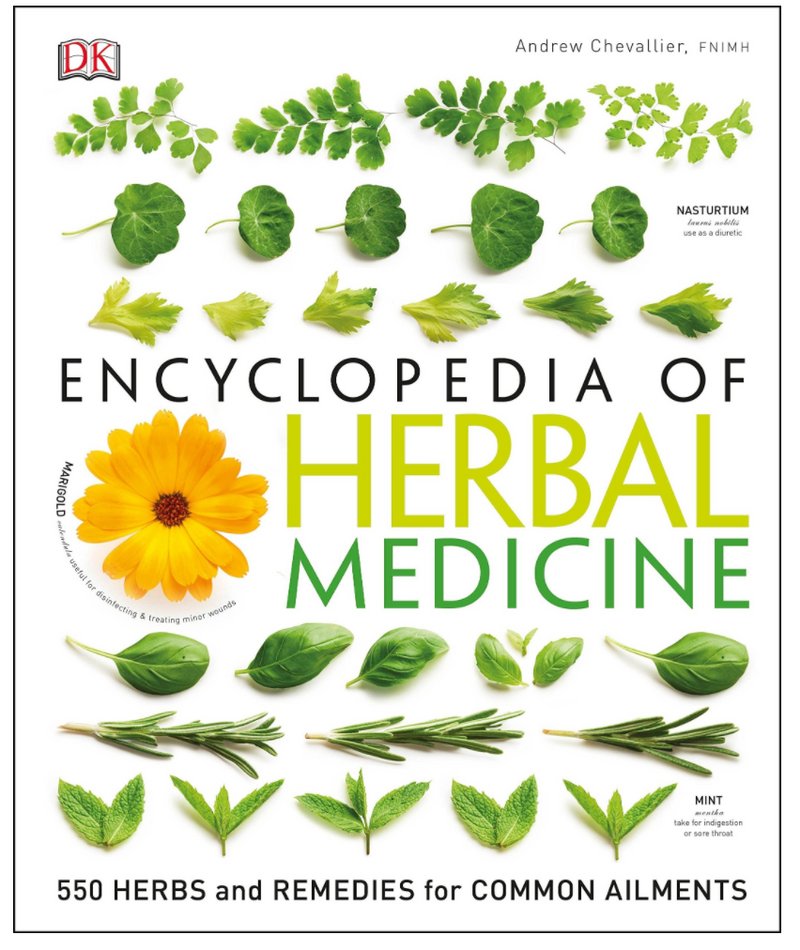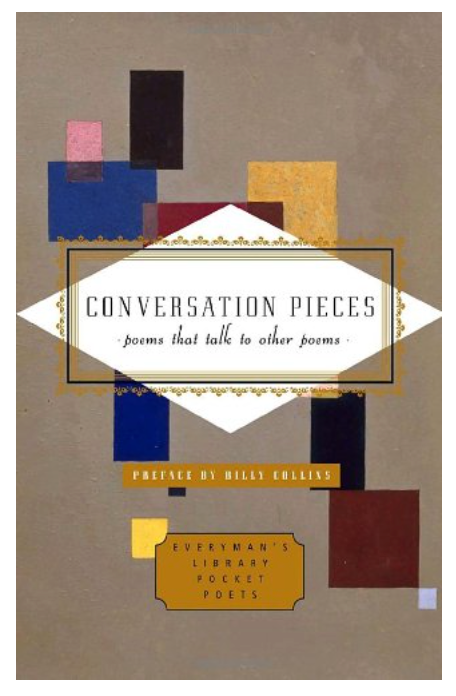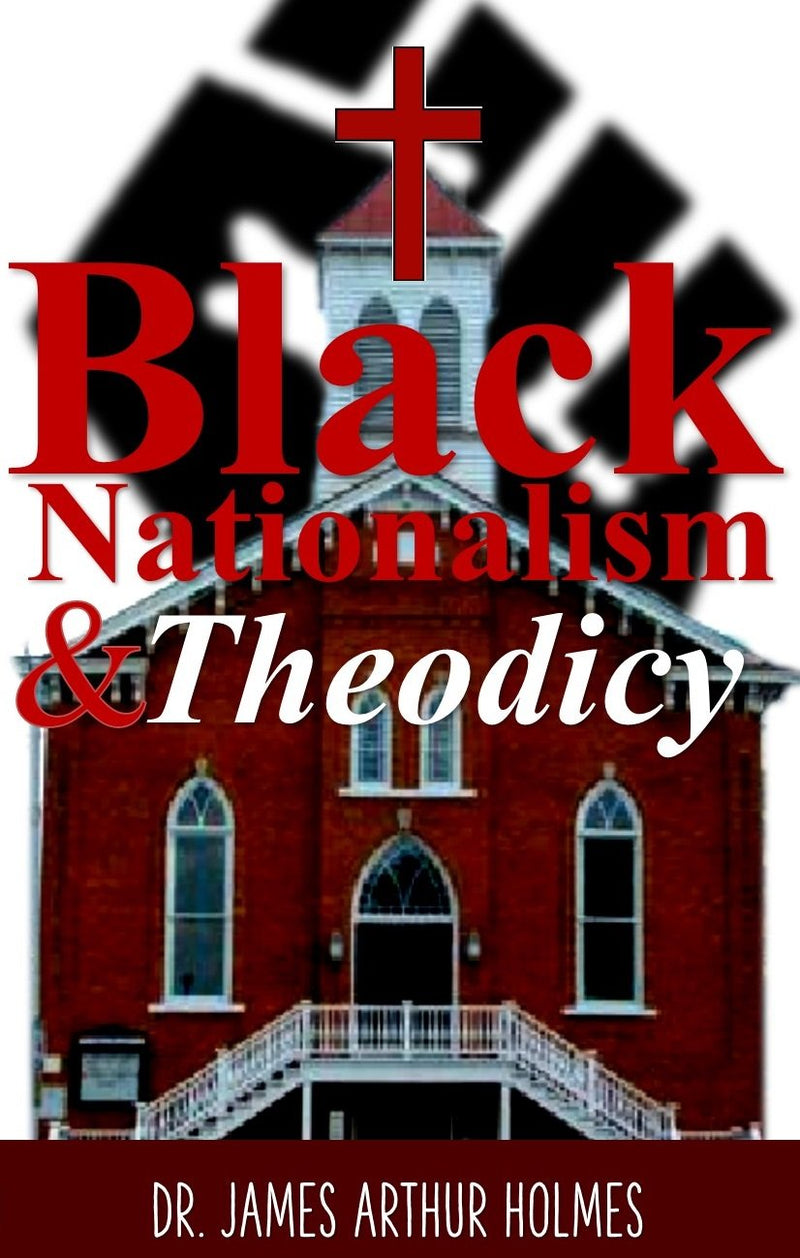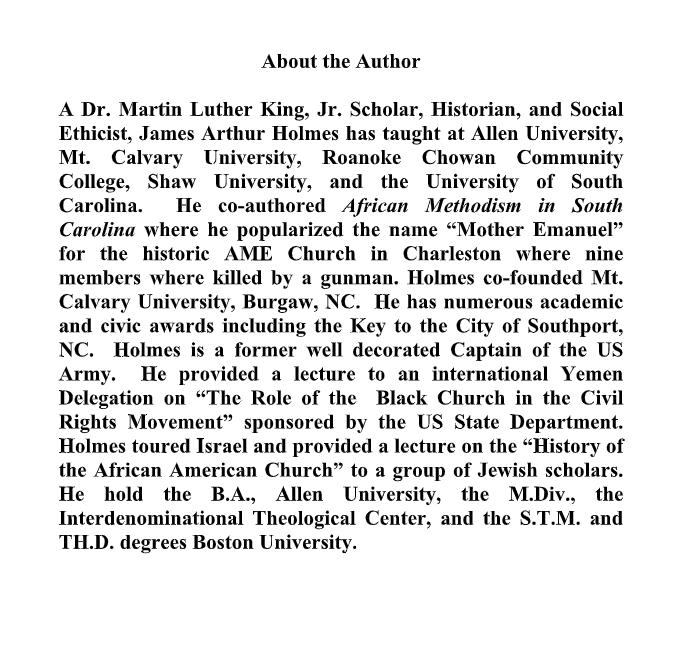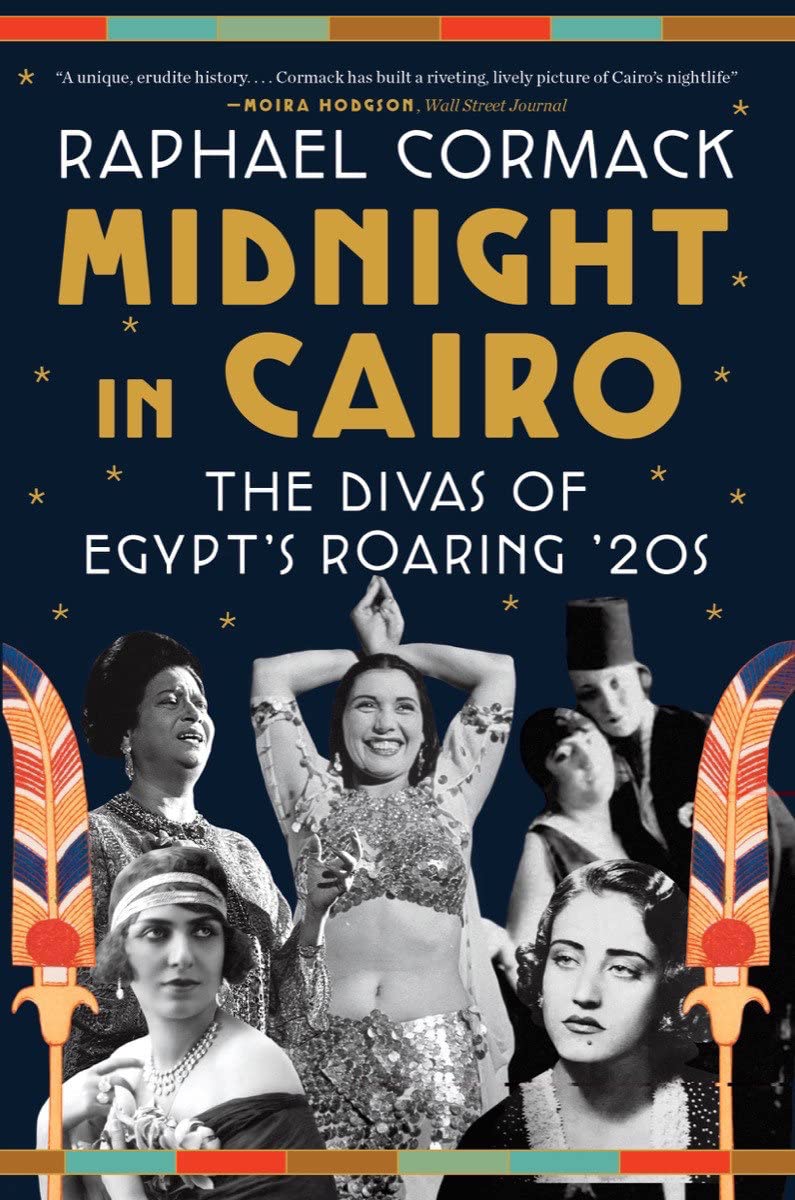Mary Magdalene: The Life and Legacy of the Woman Who Witnessed the Crucifixion and Resurrection of Jesus
ISBN: 9781978250581“After that, Jesus traveled about from one town and village to another. The Twelve were with him, and also some women who had been cured of evil spirits and diseases: Mary (called Mary Magdalene) from whom seven demons had come out—and many others. These women were helping to support them out of their own means.” (Luke 8:1-3)
Mary Magdalene is one of the most talked about figures in modern Christianity, a woman who mainstream media and modern sensibilities can hold with more conviction. The media, press, movie industry, and airport literature have been obsessed with this redhead for more than 100 years, a fascination that reached its climax in the first decade of this century and does not seem likely to end anytime soon. Mary Magdalene is frequently depicted as young and attractive, liberated and intelligent, a symbol of a freer spirituality, and not controlled by a male-dominated church. In the minds of many, she embodies opposition to a system dominated by old men in white cassocks, the "sacred feminine."
As if that is not enough, she has the best bachelor in the world: Jesus Christ himself. The French-made, fair-haired Mary Magdalene who appears in innumerable works of medieval and modern art with a red robe, a symbol of rebellion and freedom (although in the Middle Ages the intention was to show her as a loose woman), is a creation of the Western Church and, more recently, the media. It is a depiction laden with centuries of intertextual struggles, patronizing homilies, medieval legends, novels looking for best-seller status, and documentaries for cable television. But there was a historical Mary Magdalene, a woman named Miriam (Hebrew for Mary) born in Galilee in the time of King Herod, and she died, most likely in present-day Turkey.


